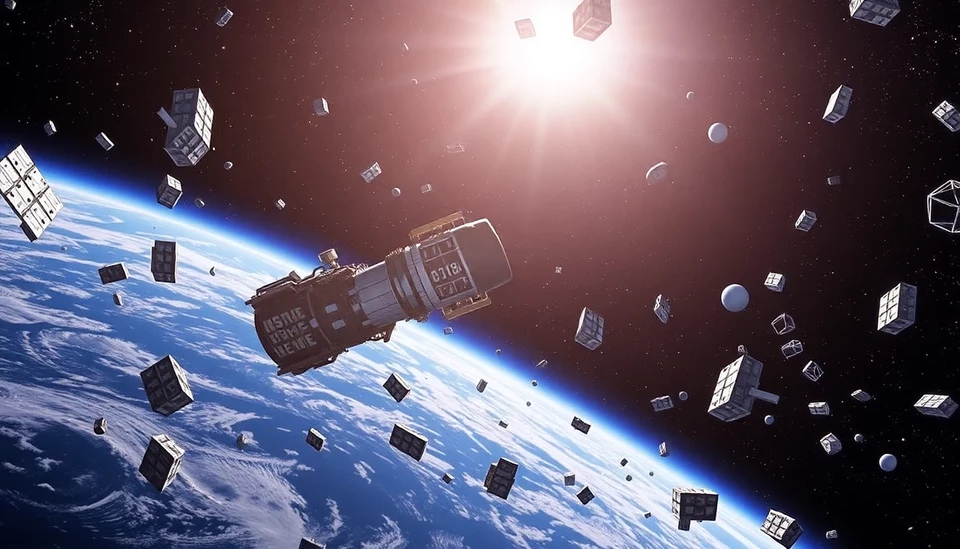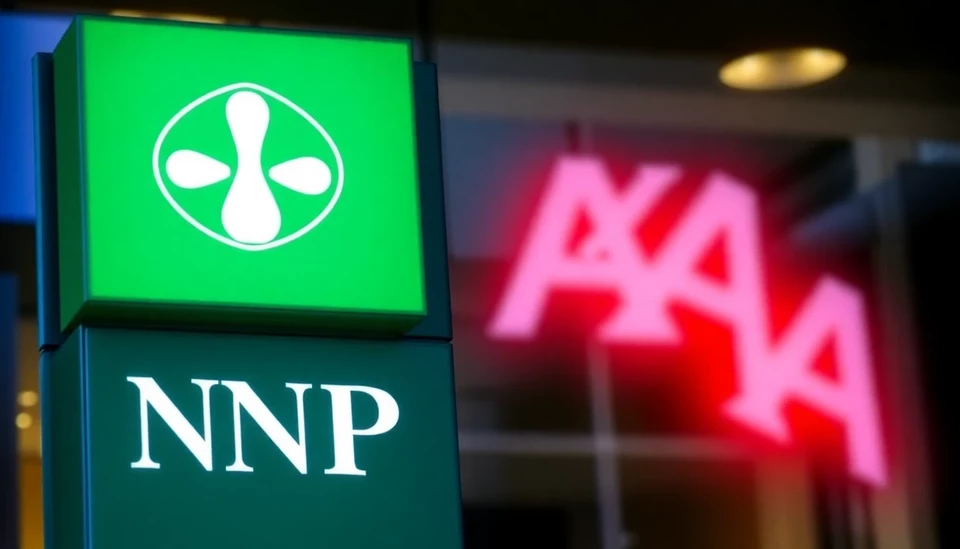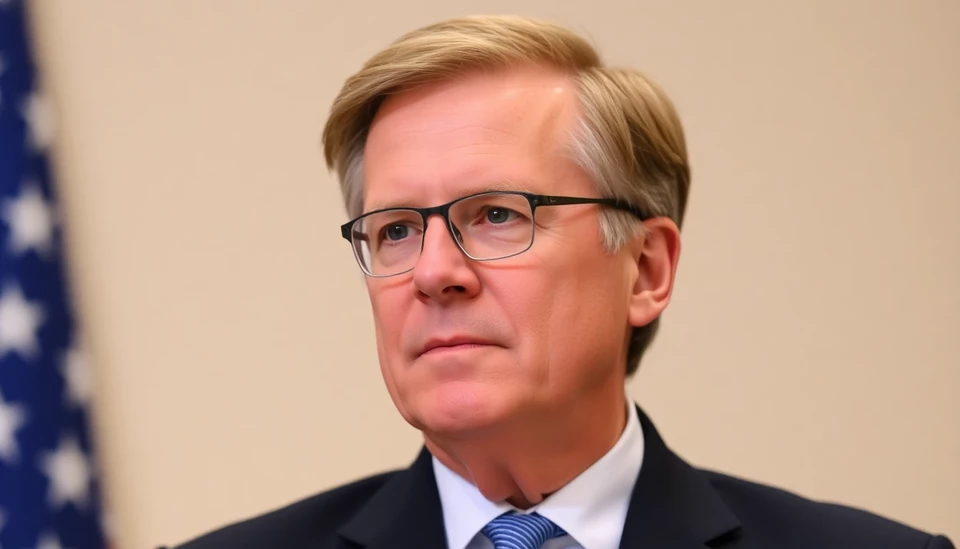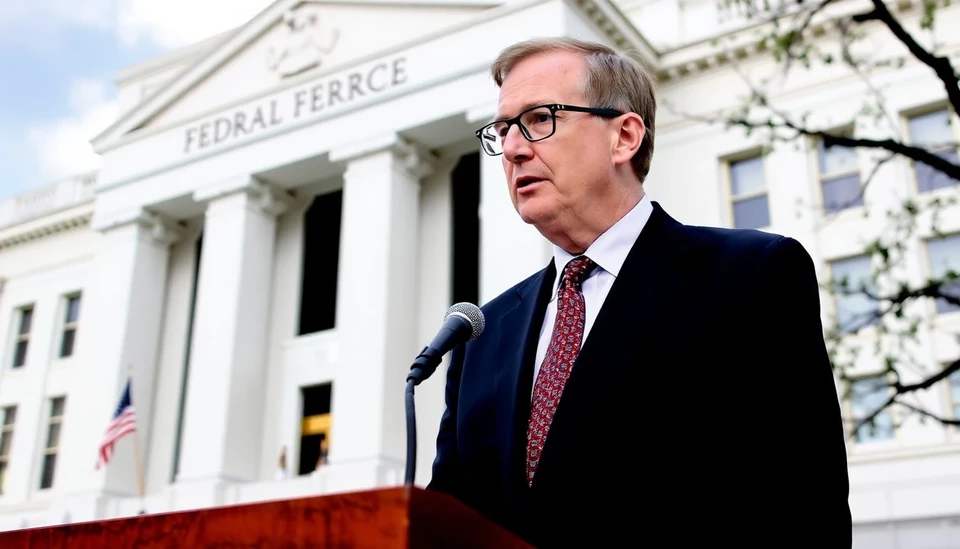
The European Space Agency (ESA) has issued a stark warning regarding the worsening issue of space debris, indicating that the problem has escalated substantially over the course of 2024. This alarming development raises significant concerns for the safety of satellites and future space missions, as the debris in Earth's orbit continues to grow at an unprecedented rate.
In its latest report, the ESA highlighted that numerous incidents of collisions and near-miss situations involving operational satellites have intensified over the past year. These encounters not only jeopardize the functioning of individual spacecraft but also exacerbate the risk of creating even more debris in space, potentially leading to a hazardous cascade effect known as the Kessler Syndrome.
The agency noted that over 36,000 pieces of debris are currently being tracked in low Earth orbit (LEO), a significant increase compared to previous years. With the surge in satellite launches—exacerbated by both commercial ventures and government programs—this number is expected to grow even further, complicating the already critical issue of managing space traffic.
As companies like SpaceX and OneWeb ramp up their satellite constellations for communication and internet services, the ESA defines the situation as a “ticking time bomb.” The proliferation of satellites poses severe risks, especially when combined with the existing layers of debris, which include defunct satellites, spent rocket stages, and fragments from previous collisions.
To combat this pressing challenge, the ESA has emphasized the need for enhanced international cooperation and regulatory frameworks that can ensure debris mitigation solutions are implemented effectively. The agency is advocating for global standards and guidelines that will regulate satellite launches and promote active debris removal initiatives, which are essential to maintain the sustainability of outer space as an operational environment.
Moreover, the report has stressed the importance of tracking and monitoring space debris to identify potential collision threats. The ESA is collaborating with other international space organizations to develop advanced technologies capable of debris removal and to establish better protocols for future missions.
Despite these initiatives, experts caution that the situation is becoming increasingly dire, as technological advancements in space traffic management have not kept pace with the rapid increase in satellites and debris. The agency called for an urgent response from both public and private sectors to avert a potential crises that could hinder future access to space.
As the world becomes more reliant on satellite technology, the implications of an unchecked debris problem could have far-reaching effects on telecommunications, navigation, and Earth observation, making the ESA's warnings all the more critical for stakeholders in the aerospace industry and related sectors.
Looking ahead, the ESA is committed to collaborating with international partners to address these hazards, recognizing that global cooperation is vital for safeguarding the future of commercial and scientific endeavors in outer space. The urgency of the matter cannot be overstated, as each passing day holds significant risks for thousands of operational satellites and the next generation of space exploration missions.
In conclusion, the situation necessitates immediate action to prevent a catastrophic fallout from an overpopulated and increasingly perilous environment in low Earth orbit, challenging the progress that humanity has made in the realm of space exploration.
#SpaceJunk #ESAWarnings #SpaceDebris #SatelliteSafety #SpaceExploration #KesslerSyndrome #SpaceTrafficManagement #AerospaceInnovation #InternationalCooperation
Author: Samuel Brooks




